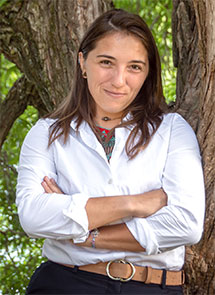
| Dr. Chloe Fouilloux |
 |
| Beyond the Plate: The Wider Impact of Antibiotic Use in Salmon Farming |
From a fresh Japanese salmon nigiri to being the best component of any brunch, salmon is integral to the culinary identity of cultures across the world. To meet the global demand for salmon in the 21st century, suppliers shifted from sourcing fish solely from wild-caught populations to raising stocks artificially. While aquaculture—which is just farming while wet—developed thousands of years ago, the practice has only truly become integral to global food production in the past 70 years: farmed fish yields have increased from less than 1 million tons of fish in 1950 to over 80 million tons in 20171. Of farmed fish, salmon represent the highest production growth on the market2; their success in the aquaculture world cements their position as a global staple and a sound investment for farmers, meaning this species will surely continue to dominate the food market for years to come. Dr. Chloé Fouilloux, a postdoctoral researcher based at the University of Wisconsin, Madison aims to understand how current aquaculture farming practices may unintentionally shape the evolution of both human and animal health. |
| READ MORE |
Dr. Fouilloux's fellowship is under the supervision of Dr. Jessica Hite in the Department of Pathobiological Sciences. |
 |